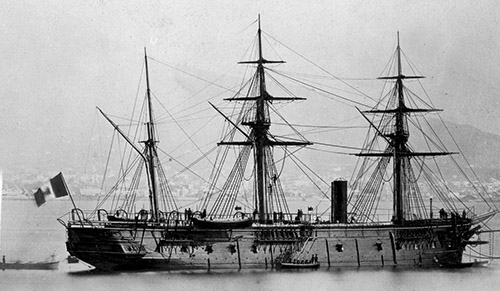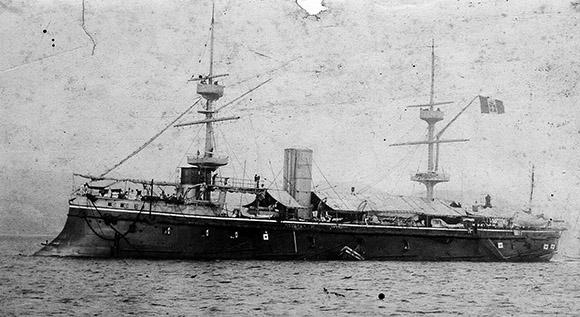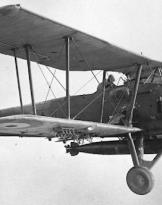The Chancelleries of Europe have gone mad and encrypted telegrams are chasing each other across the continent. For the past month, the war declared by Paris in Berlin has overturned all predictions. Despite the superiority of the French Army, Emperor Napoleon III fell prisoner at Sedan, with almost the entire Armée. The year preceding the unfortunate monarch had proposed an alliance against Prussia to Italy and Austria-Hungary. Vienna had enthusiastically accepted as France had promised the Habsburgs all the territories taken by Frederick the Great from Maria Theresa in the 700s. The Italian government had asked, more modestly, Trentino and Lazio (minus Rome, to be left to the Pope). To the refusal of Vienna and Paris, free or nothing was the answer, the government installed in Florence does nothing.
Now all the markings are skipped. On July 22, the Austrians sent their own naval division formed by the battleship Habsburg and the frigates Dandolo eNovara, as well as the gunboat Kerka, to France, to Toulon, awaiting the declaration of war in Berlin strongly desired by the Emperor Franz Joseph. It is the flower of the imperial fleet. On the same day, the Regia Marina rearms, with a coup and without looking too much for the subtle, all its major units, increasing the line from 5 to 9 Battleships. On August 4, Paris orders the division of the French Army stationed in Civitavecchia since 1849 to return to their homeland. The games are now done, or almost.
 On 7 August, a twist. The French were heavily beaten in Weissenburg and now the fear is that Vienna will ally with Berlin and attack Italy by recovering Veneto, Lombardy and something else. The Italian government ordered, on the 10th, to mobilize the strongholds of Verona and Venice by adopting a terrestrial defensive squeeze, being the ratio of the two armies of 2 to 1 in favor of the Habsburgs. The Army, that is the Italian fleet, must in turn be concentrated in Venice. These are 9 battleships (Rome, Varese, Ancona, Messina, Castefidardo, San Martino, Principe di Carignano, Terrible and Formidable) placed under the orders of Admiral Evaristo del Carretto.
On 7 August, a twist. The French were heavily beaten in Weissenburg and now the fear is that Vienna will ally with Berlin and attack Italy by recovering Veneto, Lombardy and something else. The Italian government ordered, on the 10th, to mobilize the strongholds of Verona and Venice by adopting a terrestrial defensive squeeze, being the ratio of the two armies of 2 to 1 in favor of the Habsburgs. The Army, that is the Italian fleet, must in turn be concentrated in Venice. These are 9 battleships (Rome, Varese, Ancona, Messina, Castefidardo, San Martino, Principe di Carignano, Terrible and Formidable) placed under the orders of Admiral Evaristo del Carretto.
That same day the Austro-Hungarian division leaves Toulon and moves to the Tyrrhenian Sea. The Italian squad has been following the Habsburg ships for almost a month, from Porto Ferraio to Messina. The Italian naval superiority is absolute: 9 battleships against 3 Austrians between the Tyrrhenian (Habsburg) and Pola (Prinz Eugen and Erzherzog Ferdinand Max). It will be the international trump card dropped by the Royal Government at the right time.
The proof of the efficiency of the Italian naval team is in fact judged convincing by observers from all over the world concentrated in the Mediterranean, so much so that on August 13 London declares its adhesion to the neutral league headed by Italy, thus causing a big disappointment both to Berlin and Vienna, where a double game against southern and Latin neighbors was now taken for granted.
The crisis is thus averted. Vienna also joined the neutral league on September 6, ordering its division that same day to head to Corfu, make coal there, and get home quickly, avoiding further complications.
The road to Rome is so free. The 11 September 1870, proclaimed the Republic in France and the Italian agreements lapsed with Napoleon III stipulated in the 1864, the attack carried out by the predominant Italian army corps of General Raffaele Cadorna against the Papal Army begins. The 16 Civitavecchia is handed over to the Italian team. First to enter port, that day, at 7 in the morning, is the battleship Terrible. The 20 is the turn of the Breccia di Porta Pia. A good look, perhaps with a marine telescope, behind the sharpshoots we can see some sailors, invisible and effective as is always the Maritime Power.
 (in the photos in order the battleships Ancona, Messina and Varese)
(in the photos in order the battleships Ancona, Messina and Varese)












